The path to good health is fraught with deceptive twists and turns. It’s not just about the creamy dressings we unknowingly slather over our salads, adding extra fat, sugar, and sodium. Nor is it only about the calorie-laden salads masquerading as healthy options in restaurants. The truth is deeper and more insidious.
In this ranking, we pull back the curtain to reveal the truth behind 50 such foods. We’re here to expose these nutritional imposters and guide you in making smarter, more informed choices. Prepare to have some of your go-to ‘healthy’ foods unmasked as we delve into the reality behind the labels.
53. Trail Mix
Trail mix, often considered a convenient, healthy snack, can be deceptive with its chocolate chips and sugary dried fruit mix. Consuming it in large quantities can lead to a high intake of calories and sugar.
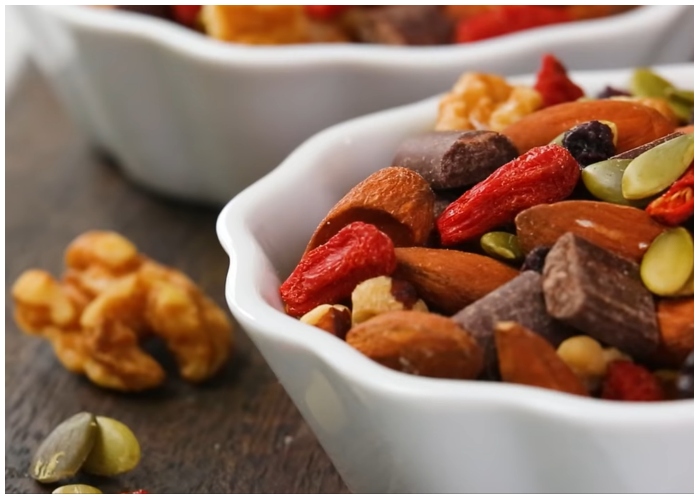
A healthier alternative might be a handful of raw nuts, which can provide satiety without the added sugars and extra calories commonly found in commercial trail mixes.
52. Bran Muffins
Bran muffins, often chosen for their perceived health benefits, can be deceiving with their high sugar content. A striking example is Martha White’s Honey Bran Muffin Mix, which contains 260 calories and 27 grams of sugar per half-cup of the dry mix.
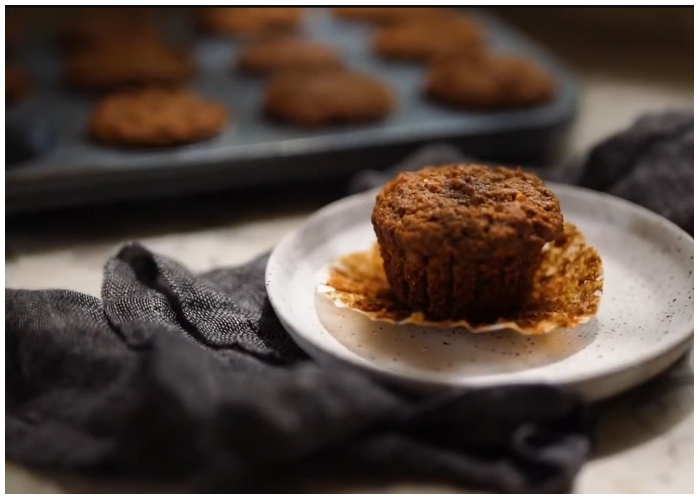
This amount of sugar is equivalent to nearly seven teaspoons, turning what might be considered a healthy breakfast option into a sugar-laden treat. This hidden sugar content in bran muffins challenges their status as a wholesome choice and underscores the importance of scrutinizing the nutritional content of seemingly healthy baked goods.
51. Deli Turkey
While processed meats like salami and bologna are widely considered unhealthy, deli turkey is often mistakenly perceived as a healthier alternative. However, deli turkey is frequently high in sodium, artificial flavors, and nitrates, which have been linked to various cancers of the digestive tract.
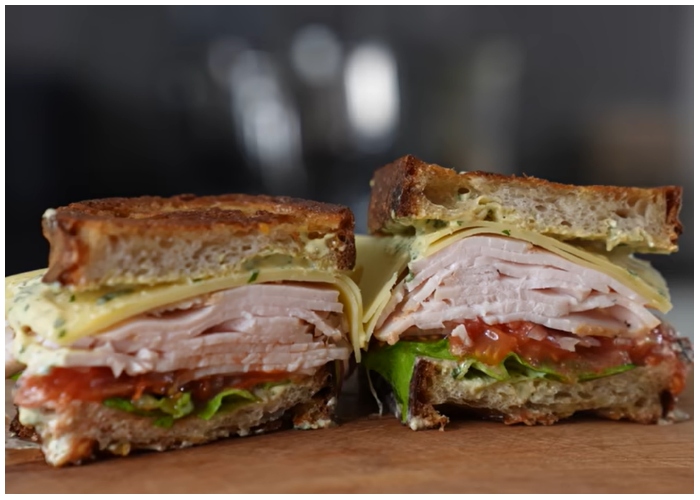
This revelation suggests that even deli turkey, often chosen for its perceived health benefits, may not be the healthful choice it’s believed to be.
50. Banana Bread
Despite having fruit in its name, banana bread is far from healthy food. The primary ingredients often include sugar, butter, and white flour, making it more like a dessert than a nutritious snack or breakfast.
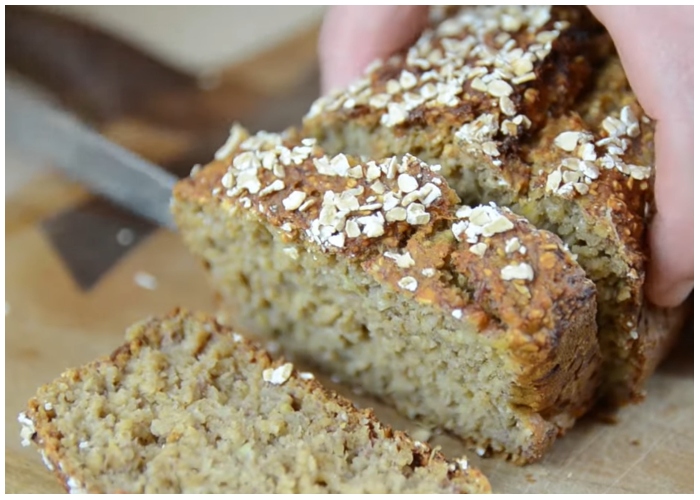
These components contribute to its high calorie and sugar content, which can be problematic for those watching their sugar intake or seeking healthier baked goods.
49. Fruit Salsa
While fruit salsa might appear as a healthy choice, it often contains added sugars, high fructose corn syrup, and the natural sugars from the fruit.
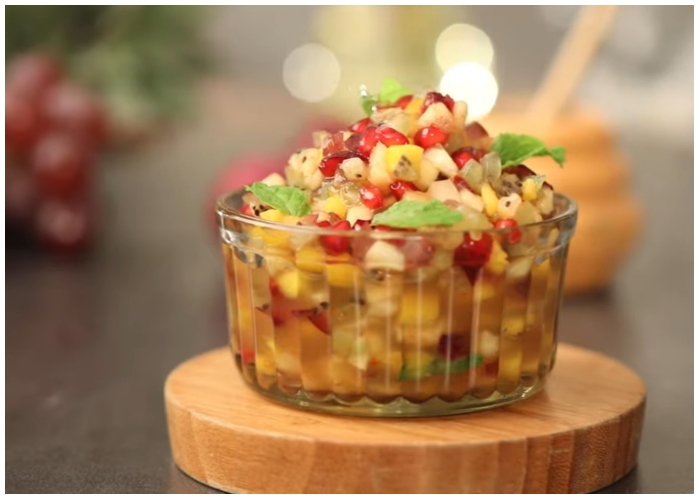
This added sweetness contrasts with the metabolism-boosting capsaicin in spicier salsas, making fruit salsa less optimal for those seeking the health benefits typically associated with traditional, spicy salsa.
48. Diet Soda
Consuming diet soda might be more detrimental to your health than you realize. Apart from containing obesogenic artificial sweeteners, diet sodas are laden with caramel color, which researchers from the Johns Hopkins Bloomberg School of Public Health have identified as potentially carcinogenic.
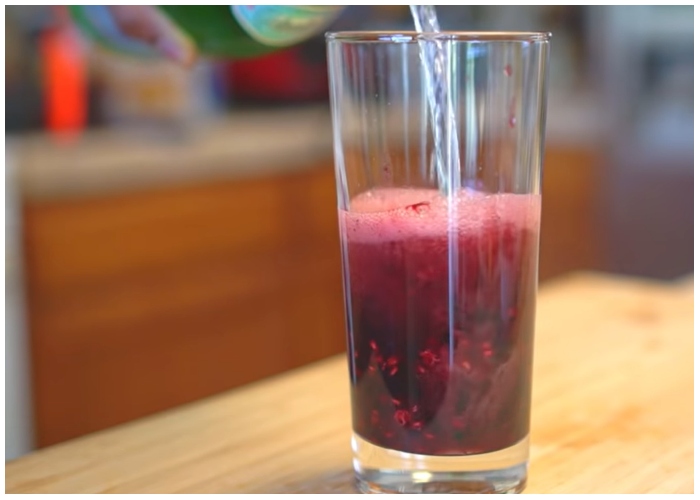
Additionally, the carbonation and additives in diet sodas can erode tooth enamel, adding to their negative health impacts.
47. Turkey Burgers
Opting for a turkey burger over beef as a healthier choice might not yield the expected benefits. Dark meat turkey can be nearly as high in fat and calories as beef.
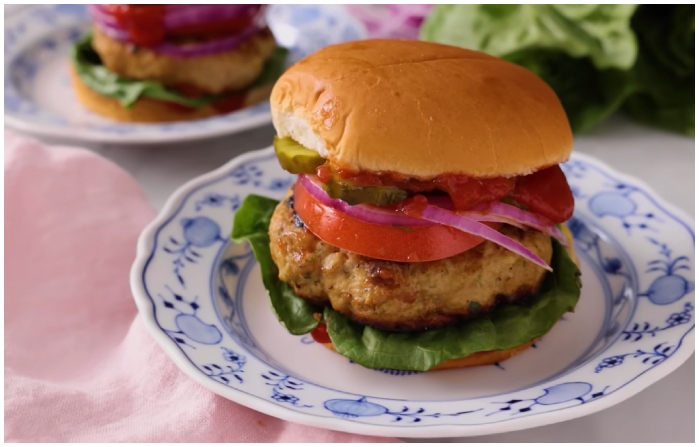
Moreover, many restaurants add salt, butter, and oils to turkey burgers to enhance flavor and retain moisture. This practice can make them just as fat-heavy as a regular beef hamburger, undermining their status as a lighter alternative.
46. Spinach and Artichoke Dip
Spinach and artichoke dip may boast the presence of vegetables, but its health benefits are overshadowed by its high-calorie content. An example is Applebee’s Spinach and Artichoke Dip, which packs 950 calories in just one serving.
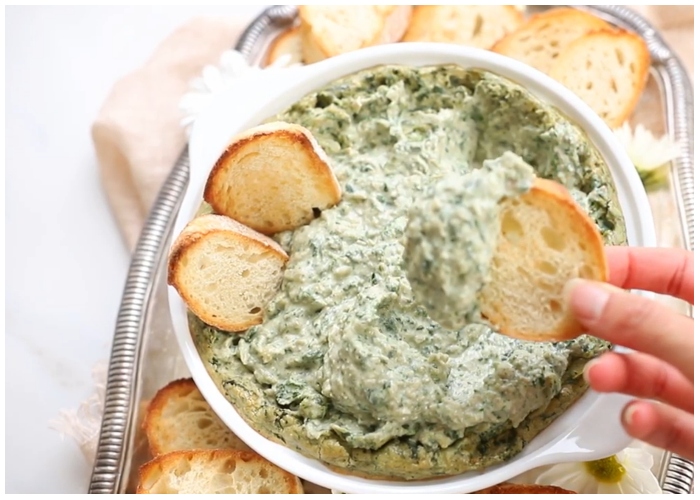
Additionally, many homemade recipes call for indulgent ingredients like a jar of alfredo sauce. This turns what might seem like a veggie-rich appetizer into a calorie-dense, fat-laden dish.
45. Egg White Omelets
Opting for egg white omelets may seem like a healthy choice, but it means missing out on the nutrients found in egg yolks. Yolks contain vital nutrients like B12, vitamin D, and healthy fats that can aid in weight loss and boost good cholesterol levels.
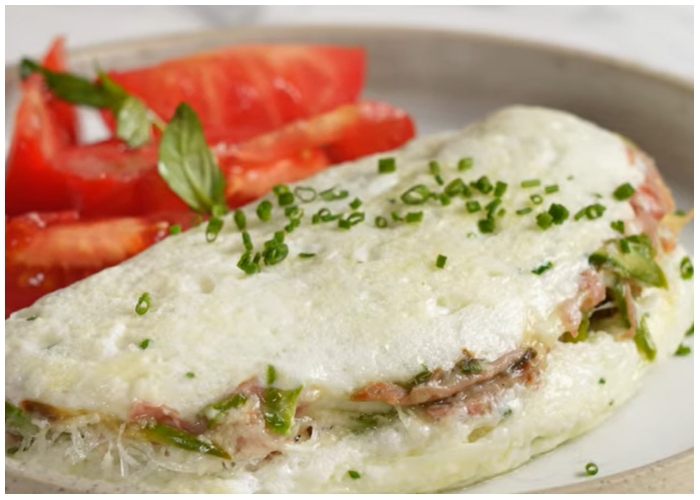
A balanced approach, such as combining one whole egg with an egg white in omelets, can provide these nutritional benefits while keeping cholesterol levels in check. This combination offers a more nutrient-rich and satisfying meal than egg whites alone.
44. Pretzels
Pretzels, often chosen as a lighter snack option, come with their own set of dietary drawbacks. A typical 1-ounce serving of salted pretzels contains over 300 milligrams of sodium and 110 calories, primarily from white flour.

This high sodium content and reliance on refined flour make pretzels a less healthy choice, especially for those monitoring their sodium intake or seeking more nutrient-dense snack options.
43. Whole Grain Cereals
Whole grain cereals can be a nutritious addition to your diet due to their fiber content. However, not all whole-grain cereals are as healthy as they seem. Many contain hidden sugars, with some brands boasting up to 8 grams per serving.
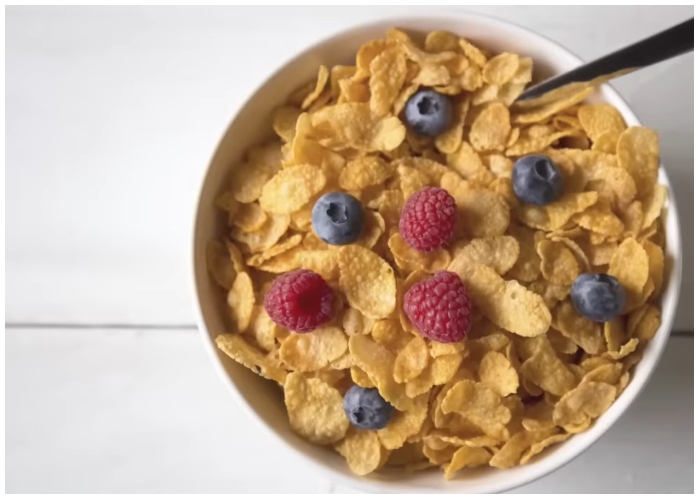
This often-overlooked sugar content can turn a seemingly healthy breakfast option into one less beneficial for those trying to reduce their sugar intake.
42. Wraps
Wraps are often perceived as a lighter alternative to bread, but this is not necessarily true. For example, a Toufayan Organic Sprouted Whole Wheat Wrap contains 160 calories, equivalent to two slices of whole-grain bread, and only offers 1 gram of fiber.
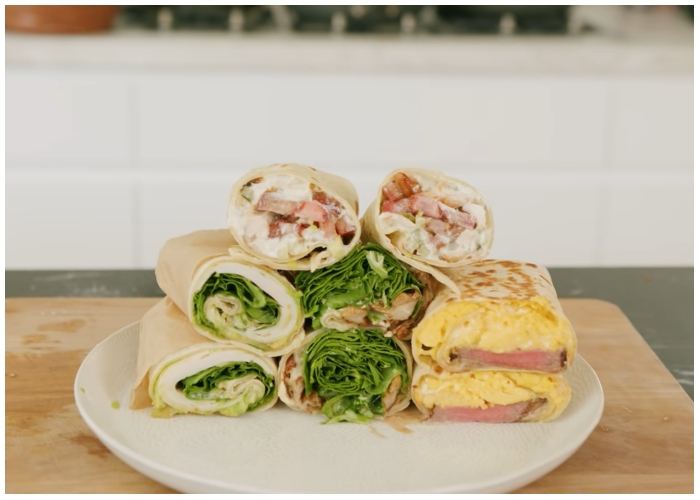
This comparison suggests that choosing a wrap over sliced bread might not offer the calorie or nutritional savings many expect.
41. Flavored Iced Tea
Though rich in antioxidants, their high sugar content often undermines flavored iced teas. A 16-ounce bottle of lemon-flavored Nestea contains 24 grams of sugar, which can spike insulin levels and increase the risk of weight gain.

A healthier, equally flavorful alternative is adding fresh lemon to unsweetened tea, which offers the benefits of tea without the added sugar.
40. Maple Syrup
Despite its natural origin, Maple syrup is as sugar-laden as table sugar, making it easy to consume excessive amounts unwittingly. The likelihood of carefully measuring out a mere tablespoon before generously pouring it over pancakes is slim, leading to a substantial sugar intake.
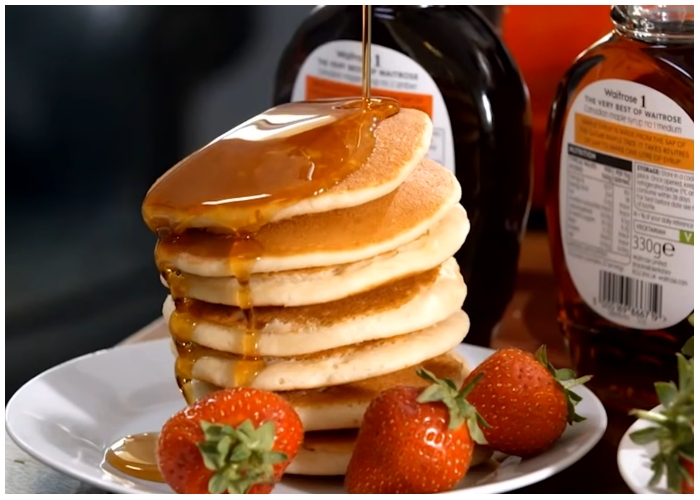
This high sugar content can impact blood sugar levels and contribute to a higher calorie count, making maple syrup a less-than-ideal choice for those mindful of their sugar consumption.
39. Hotdog
Hotdogs are an American favorite at ballgames and BBQs, but they’re a swing and a miss for health. Packed with high levels of sodium and saturated fats, they can play hardball with your heart’s health. Plus, those preservatives, like nitrates and nitrites, which help them last longer, can be bad news too.
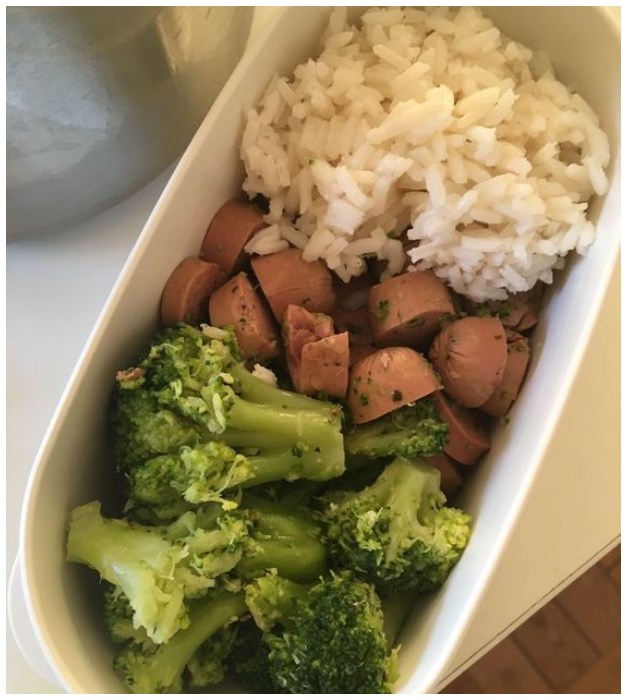
They’ve been linked to all sorts of health problems if you eat them too much. Better to save hotdogs for special occasions rather than a regular spot on your home plate. And when you do indulge, try to pick the ones with lower sodium and without those added preservatives.
38. Salad Bowl
That colorful salad bowl might look healthy at first glance, but it’s got some hidden players that could mess with your health game. Sure, it’s got good stuff like tomatoes, cucumbers, and avocados, which are great for you. But watch out for those sneaky extras—like heaps of cheese, creamy dressing, and crispy bacon bits.
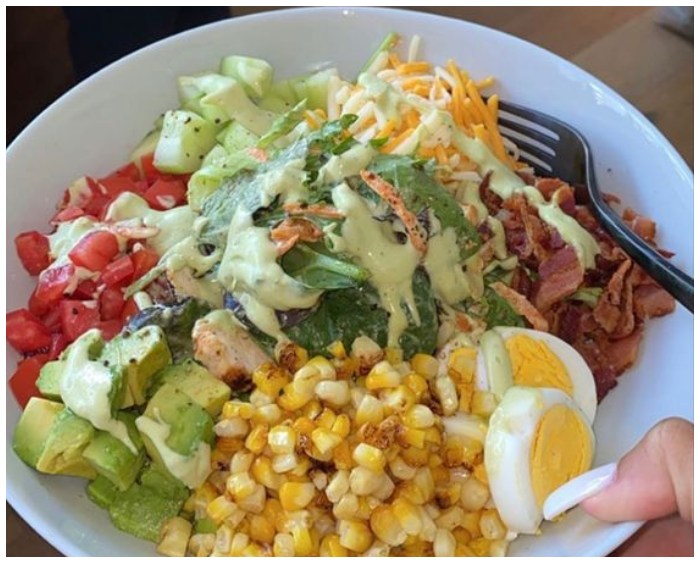
They can pile on more calories and fat than you might think. It’s all about balance. Enjoy the veggies, but go easy on the toppings to keep it a true health win. Remember, even in a salad, it’s possible to have too much of a good thing.
37. Cheesy Toast
These cheesy toasts with tomato slices might look like a quick and tasty snack, but they could be a hidden trap on your path to eating better. They’re usually loaded with cheese—and that means a lot of saturated fat and calories. Plus, if that bread isn’t whole grain, you’re missing out on some important fiber.
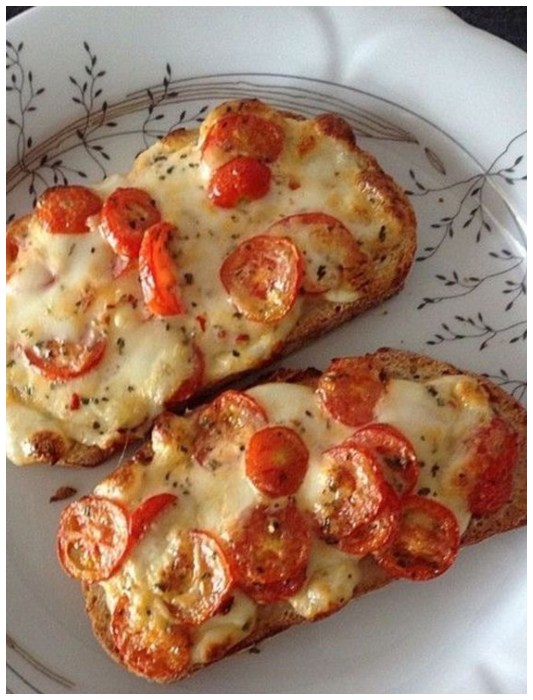
They’re fine for an occasional treat, but if they’re a regular guest at your table, consider swapping in some whole grain bread and cutting back on the cheese. That way, you keep the flavor but stay friends with your health goals.
36. Sports Drinks
Despite their popularity among athletes, sports drinks are usually unnecessary for the average person. Along with potentially carcinogenic artificial colors, many sports drinks contain sugar levels comparable to sodas.
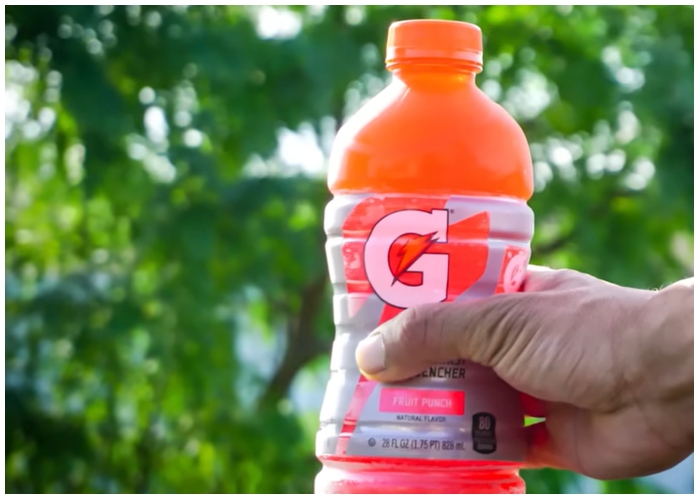
This high sugar content, combined with a lack of necessity for most people’s hydration needs, questions the health benefits of these beverages, especially for non-athletes.
35. Low-Fat Peanut Butter
Low-fat peanut butter, often chosen as a healthier alternative to regular peanut butter, might not be the upgrade it’s perceived to be. To compensate for the reduced fat, many brands add extra sugar and salt while decreasing the amount of heart-healthy monounsaturated fats.
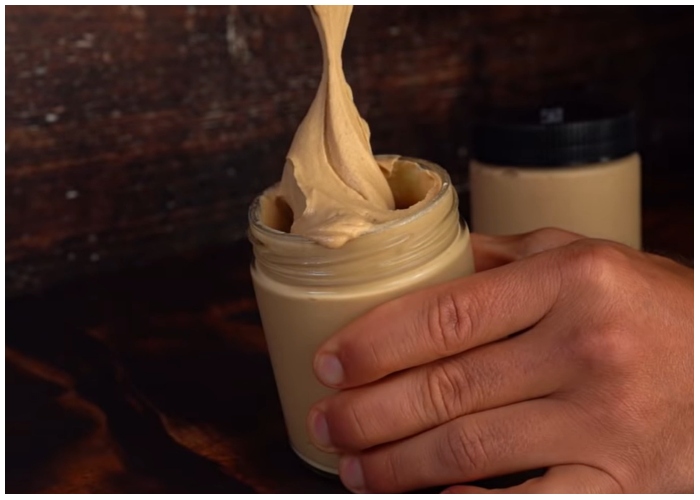
This alteration in the nutritional profile suggests that switching to low-fat peanut butter might not benefit those looking to improve their diet.
34. Yogurt-Covered Raisins
Yogurt-covered raisins, while seemingly a healthy snack, are high in sugar and calories. A 1-ounce serving contains 19 grams of sugar and 140 calories, representing a 30 percent calorie increase from regular raisins.
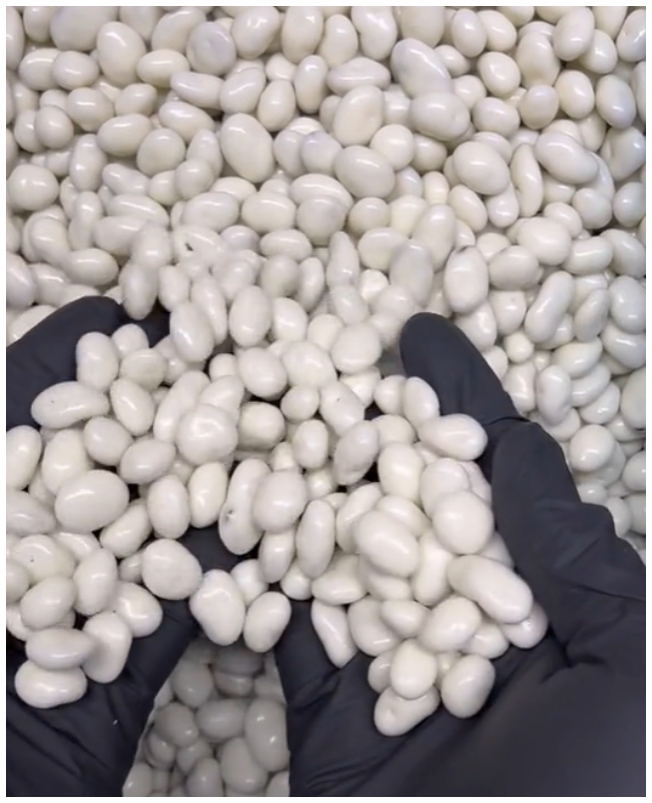
This added sugar content turns a naturally healthy snack into a less nutritious, calorie-dense treat.
33. Pita Chips
Pita chips, often chosen over potato or tortilla chips as a healthier option, are not as beneficial as they seem. These chips are typically made from white flour and are often topped with butter, sugar, and seasonings.
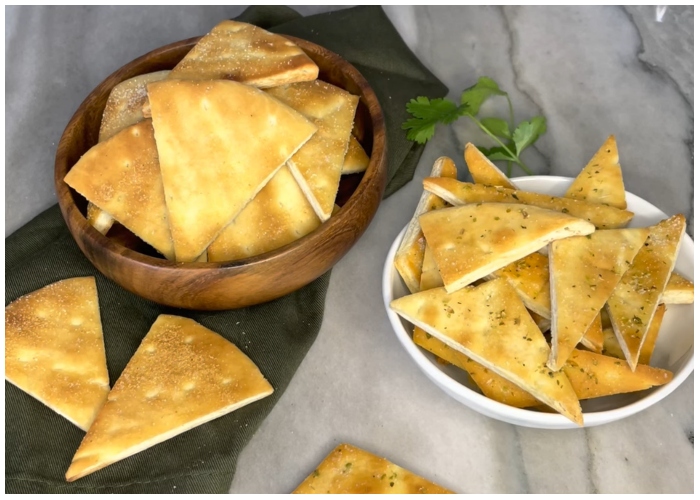
For example, a 1-ounce serving of Stacy’s Parmesan Garlic & Herb Pita Chips, equivalent to just 7 chips, contains 130 calories – only 20 fewer than an equivalent serving of Doritos Nacho Cheese. This comparison reveals that pita chips may not be the healthier snack choice they’re often perceived as.
32. Margarine
Once touted as a healthier alternative to butter, margarine has fallen from grace in the health community. A tablespoon of margarine can contain over 2 grams of trans fat, linked to an increased risk of heart disease and high cholesterol.
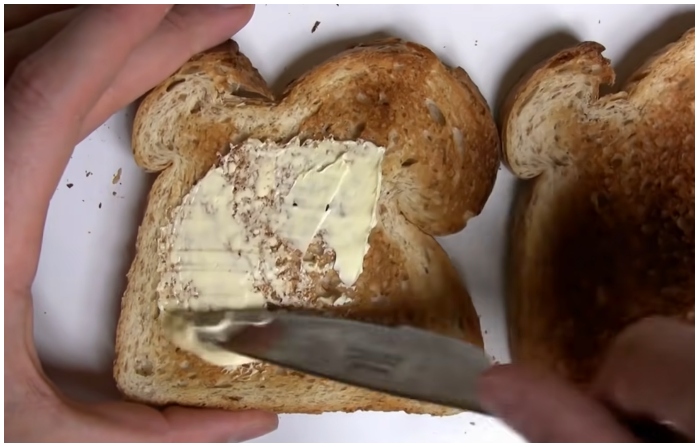
This alarming trans fat content undermines its earlier reputation as a heart-friendly spread, making it a less desirable choice for those mindful of their cardiovascular health.
31. Veggie Pizza
Veggie pizza, despite its colorful toppings, doesn’t quite deliver on the health front as one might hope. The crust, typically made from the same white flour as traditional pizzas, combined with generous amounts of cheese, makes most veggie pizzas just as high in calories and fat as their meat-laden counterparts.

This similarity in nutritional content suggests that opting for a veggie slice over a regular one might not yield the health benefits commonly associated with vegetable toppings.
30. Skim Milk
Skim milk, long recommended for its lower fat content, may not be as beneficial as once thought. Research published in Circulation suggests that full-fat dairy products might be linked to lower diabetes rates.
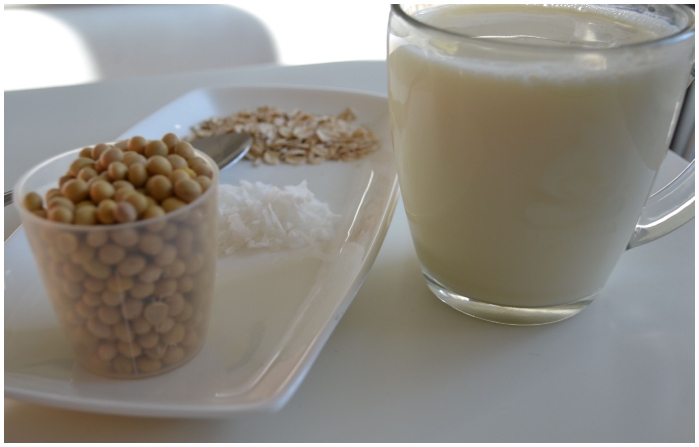
Additionally, a study by the University of Texas Health Science Center at Houston found no significant link between full-fat dairy and heart disease. These findings challenge the traditional preference for skim milk, suggesting that the full-fat versions might offer more health benefits than their fat-free counterparts.
29. Prepared Salmon
Salmon, celebrated for its omega-3 fatty acids, can lose its health appeal when prepared with unhealthy sauces and toppings. Common additives range from sugary barbecue sauces to rich buttery coatings, undermining the inherent nutritional benefits of the fish.
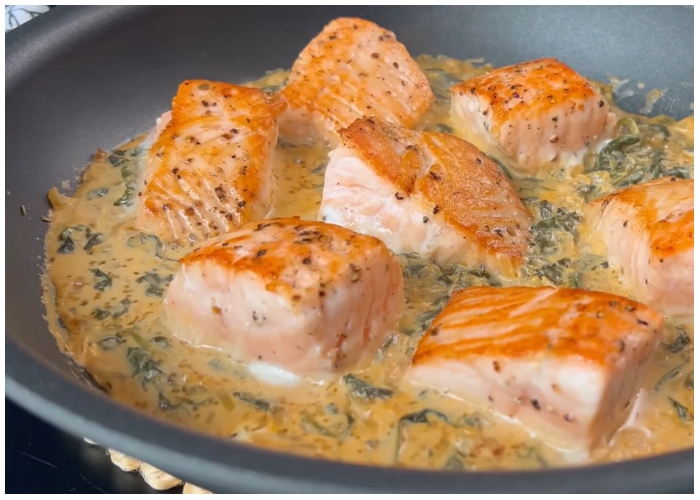
These toppings can transform salmon, a staple in many health-conscious diets, into a dish that contradicts the goals of a healthy meal. This practice highlights the need to consider the main ingredients and how they are prepared and served, especially in maintaining a balanced and nutritious diet.
28. Egg Substitutes
While egg substitutes might seem like a healthy alternative to whole eggs, they often lack the full spectrum of nutrients found in natural eggs.
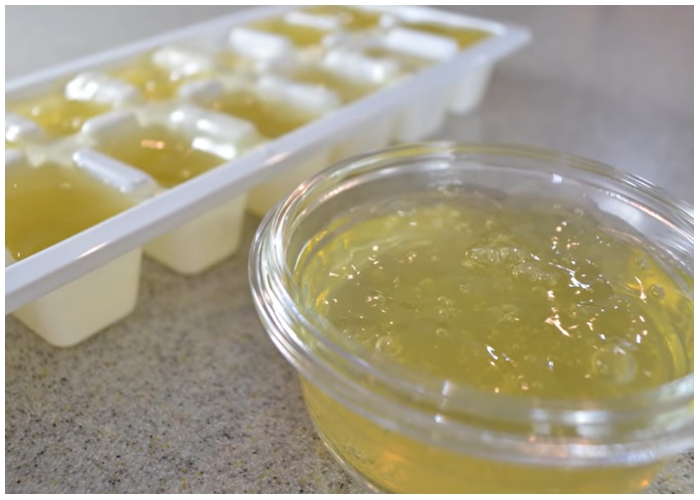
Predominantly made from egg whites, these substitutes miss out on the vitamins in egg yolks, including vitamin D, which is linked to lower obesity rates and reduced abdominal fat, as per research in the American Journal of Clinical Nutrition. This suggests that in avoiding the yolks, you might be missing out on essential nutrients beneficial for overall health.
27. Organic Snacks
The term “organic” often carries a halo of healthiness, but it’s important to note that it doesn’t automatically equate to nutritional value. Organic snacks, whether cheese puffs or candy bars, can still be high in fat and sugar, contributing to weight gain just as their non-organic counterparts.

This highlights the necessity of examining the nutritional content beyond the organic label to make health-conscious snack choices.
26. Bottled Smoothies
Bottled smoothies, perceived as a quick and healthy beverage, can be surprisingly high in sugar and calories. Take the Jamba Juice Orange Dream Machine smoothie – a large size packs 590 calories and an enormous 120 grams of sugar, while even a small size contains 350 calories and 71 grams of sugar.
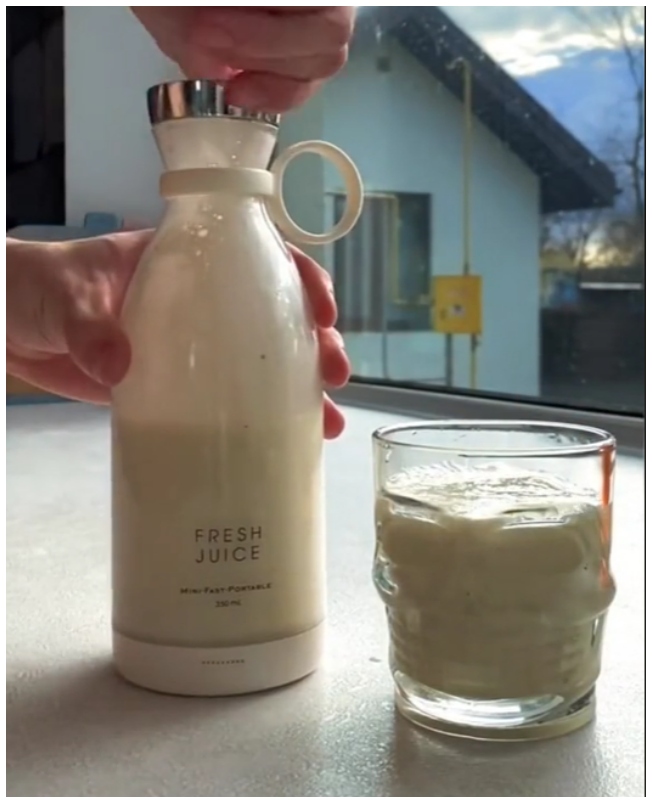
These figures reveal that these convenient smoothies might undermine your dietary goals, packing in more sugar and calories than many desserts.
25. Frozen Yogurt
Frozen yogurt, often hailed as a healthier ice cream alternative, is not as virtuous as it seems. For instance, a 2/3 cup of Ben & Jerry’s Half-Baked Froyo contains 30 grams of sugar.
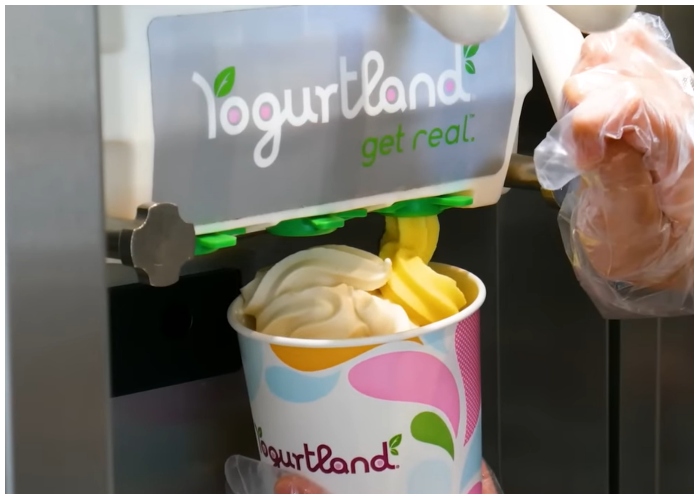
This high sugar content, prevalent in many frozen yogurt varieties, can contribute significantly to your daily sugar intake, challenging the perception of frozen yogurt as a healthier dessert option.
24. Veggie Burgers
Veggie burgers, often grilled as a healthier alternative to meat, might not be as beneficial as they seem. Many store-bought veggie burgers contain high levels of salt, unhealthy fats, and preservatives.
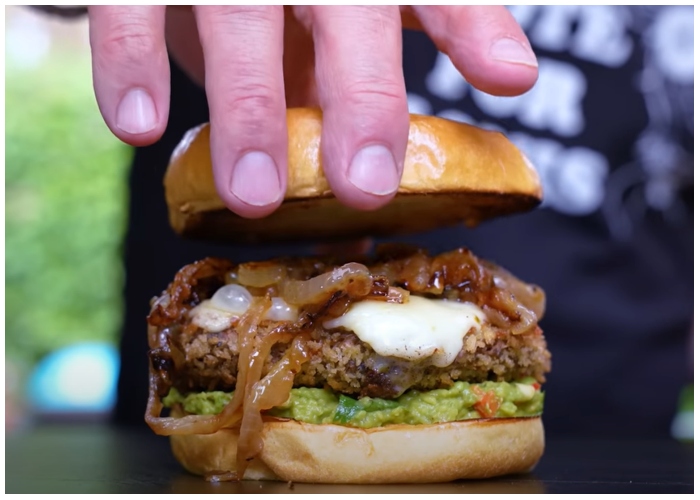
Additionally, the soy content in many of these burgers can lead to bloating and other digestive issues. This combination of ingredients can make veggie burgers less optimal for those looking to maintain a healthy diet, especially compared to homemade or whole-food-based alternatives.
23. Parfaits
Parfaits may seem like a wholesome treat with their layers of fruit, yogurt, and granola. However, the health benefits of the fruit are often overshadowed by the high sugar content of the other ingredients.
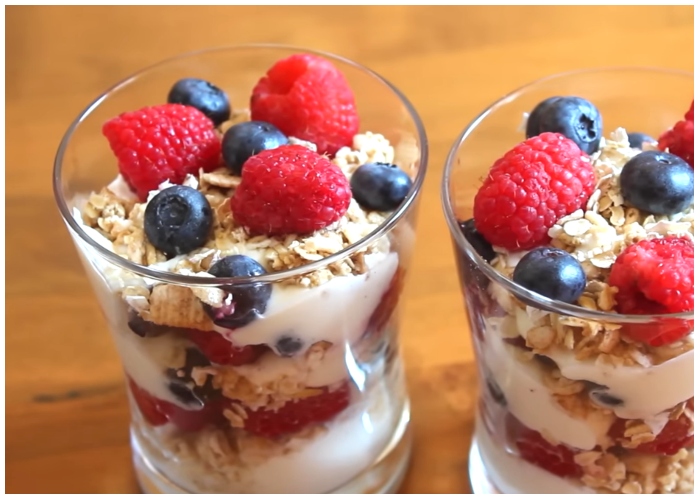
Flavored yogurt, sugary granola, and whipped cream are far from health-conscious choices, turning these seemingly healthy snacks into sugar-laden pitfalls.
22. Soy Milk
Flavored soy milk, often chosen as a dairy alternative, can be worse for you than its dairy counterpart. Beyond being an endocrine disruptor, which could potentially disrupt hormonal balances, flavored soy milk varieties are frequently sweetened.
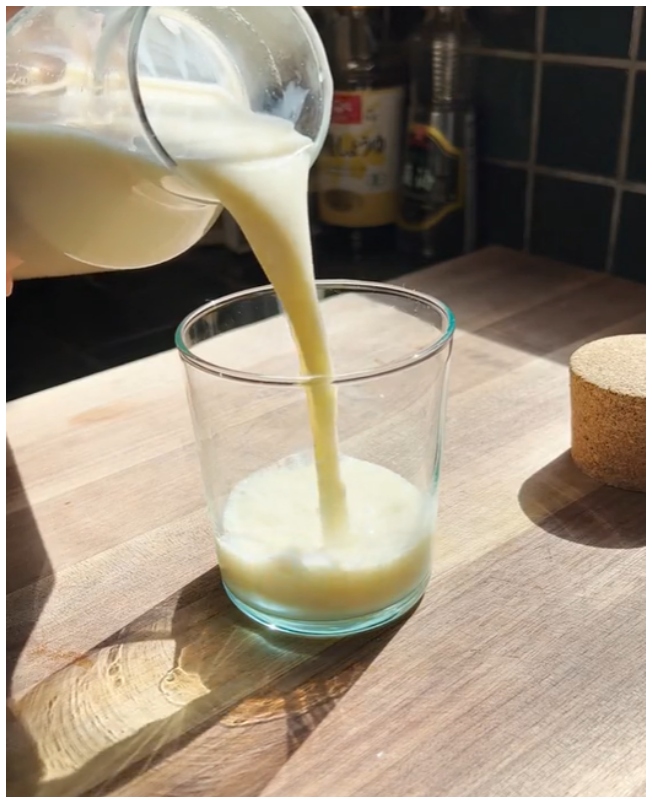
For example, a cup of Silk chocolate soy milk contains 15 grams of sugar, while even the original variety has 7 grams. This high sugar content and potential hormonal implications might make you reconsider its place in your diet.
21. Microwaveable Popcorn
Microwaveable popcorn, a popular snack for its convenience, is not as healthy as its simple ingredients might suggest. Many varieties are loaded with salt and unhealthy fats.
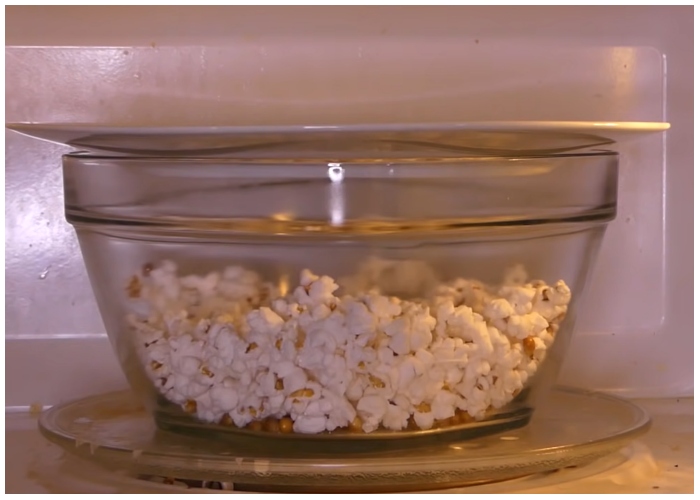
For instance, one serving of Orville Redenbacher’s Ultimate Butter Popcorn contains 4.5 grams of saturated fat and 330 milligrams of sodium. This high sodium and fat content can turn a seemingly light snack into a less healthy option.
20. Low-Carb Snacks
The low-carb label on snacks doesn’t always spell ‘healthy.’ Take sugar-free cookies, pork rinds, and bunless double cheeseburgers as examples – these items, despite their low-carb appeal, are still fundamentally junk food.

They often contain high levels of unhealthy fats, sodium, and artificial ingredients. Remember, junk food devoid of carbs is still junk food, and it’s crucial to look beyond the carb content to assess the overall nutritional value.
19. Protein Shakes
Protein shakes, often synonymous with fitness and health, may have more in common with indulgent milkshakes than expected. Laden with sugar and belly-bloating dairy they can derail your health goals. And don’t be fooled by sugar-free options – they often contain artificial sweeteners linked to potential weight gain.

This unexpected sugar and sweetener content can make your health-focused beverage choice more of a dietary misstep than a benefit.
18. Vegetable Oil
The term “vegetable oil” might imply healthiness, but this is not always true. Partially hydrogenated vegetable oils, in particular, are detrimental to heart health, are known to raise LDL (bad) cholesterol levels and increase the risk of heart disease.
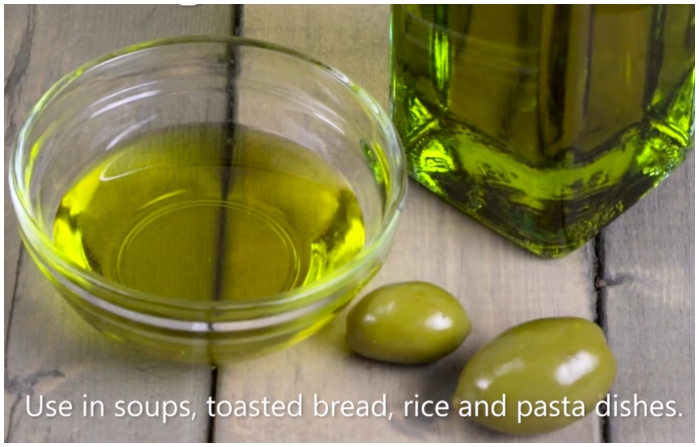
This revelation highlights the importance of discerning the types of fats and oils used in cooking and food preparation, as not all vegetable-derived oils offer the health benefits one might expect.
17. Baked Chips
Baked chips, marketed as a healthier alternative to deep-fried chips, carry health caveats. To compensate for the reduced fat content, baked chips often contain higher amounts of sodium.

Additionally, the health halo effect of these chips can lead to overconsumption – the misconception that they are “healthier” might result in eating larger portions, ultimately affecting your overall dietary goals.
16. Spicy Tuna Rolls
While sushi, including spicy tuna rolls, can be a good source of anti-inflammatory omega-3s, there’s a catch. The mayo-based sauce, which gives these rolls their distinctive heat, adds significant amounts of saturated fat and calories – nearly double that of traditional tuna rolls.
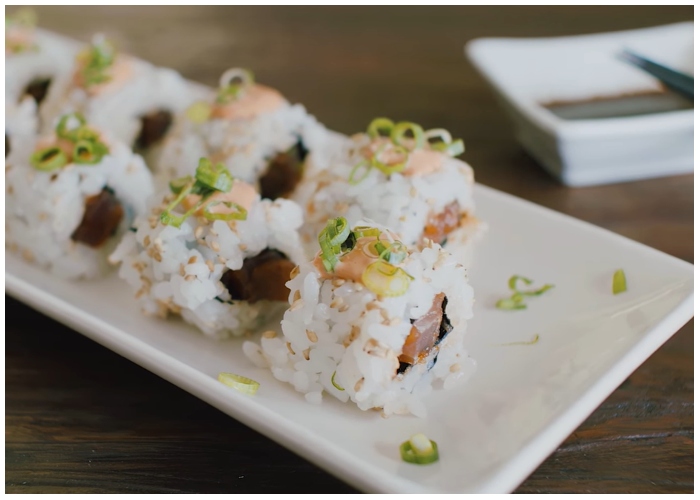
For those looking to dine out without compromising their dietary goals, choosing meals under 500 calories can be a more health-conscious decision, avoiding hidden fats and excess calories often found in seemingly healthy sushi options.
15. Dried Fruit
Dried fruit, a popular snack choice for its convenience and sweet taste, can be a hidden source of added sugars. Many commercially prepared dried fruits are coated in extra sugar and preserved with sulfites, a common food allergen.
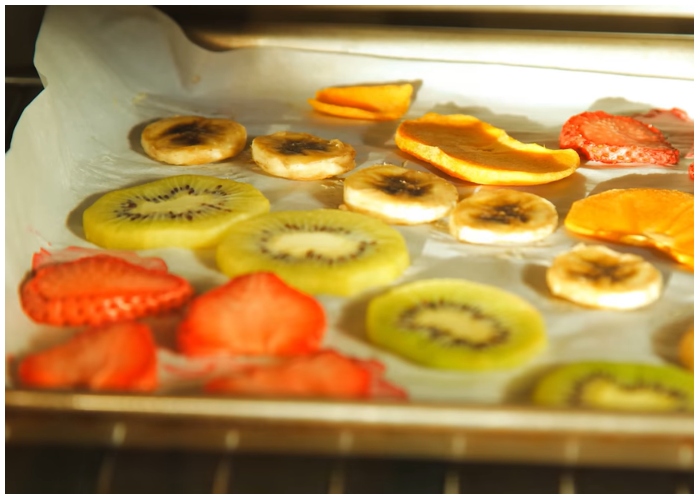
This additional sugar increases the calorie content and potentially adds unwanted additives to your diet, making it a less favorable option for a healthy snack.
14. Açai Bowls
Açai bowls, the trendy health food, often come with a catch – they can be deceptively high in calories. Some versions even use sugary, belly-bloating frozen yogurt as a base instead of healthier whole-fruit smoothies.
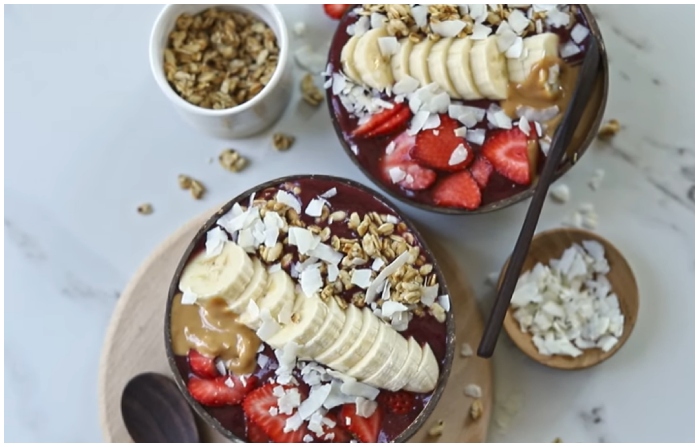
This hidden calorie and sugar content can turn what seems like a nutritious choice into a less-than-ideal meal, especially for those closely monitoring their calorie and sugar intake.
13. Flavored Oatmeal
Flavored oatmeal, often perceived as a healthy breakfast option, might sabotage your healthy eating efforts with hidden sugars. Take Quaker’s Maple and Brown Sugar Oatmeal – one packet alone contains 12 grams of sugar. This sugar-laden start can derail anyone’s diet, especially those conscientious about sugar intake.
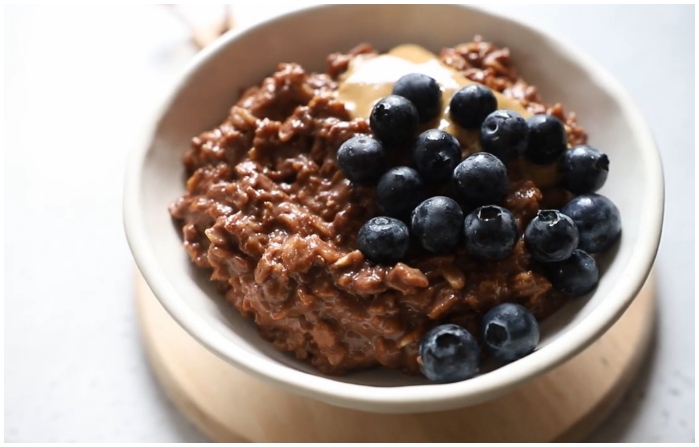
Instead of reaching for these sweetened packets, consider preparing healthy overnight oats recipes that aid in weight loss and provide a more nutritious, sugar-controlled start to your day.
12. Yogurt
Yogurt, celebrated for its weight loss and gut health benefits, has a lesser-known side. Flavored yogurts are frequently loaded with artificial colors, flavors, and a significant amount of sugar, sometimes rivaling the levels found in ice cream.
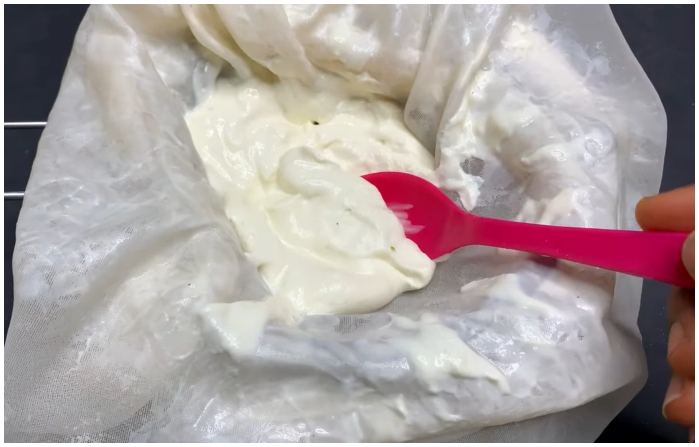
This casts a shadow on its superfood status, revealing that not all yogurts are created equal and underscoring the importance of choosing plain, unsweetened varieties for maximum health benefits.
11. Coconut Water
Coconut water, often embraced as a natural hydrator, carries its own set of drawbacks. For example, a cup of Vita Coco’s pineapple-flavored coconut water contains 15 grams of sugar. While it’s a better choice than soda, its high sugar content suggests moderation is key.

It’s advisable to treat coconut water as an occasional indulgence rather than a daily hydration solution, especially the flavored varieties, often higher in sugar.
10. Rice Cakes
Rice cakes are often perceived as a light, calorie-friendly snack, but this is only part of the story. The various flavors, especially savory ones like cheddar and ranch, have high sodium levels. For instance, a Quaker Caramel Corn rice cake contains 3 grams of sugar, thanks to a mixture of sugar, fructose, and maltodextrin.
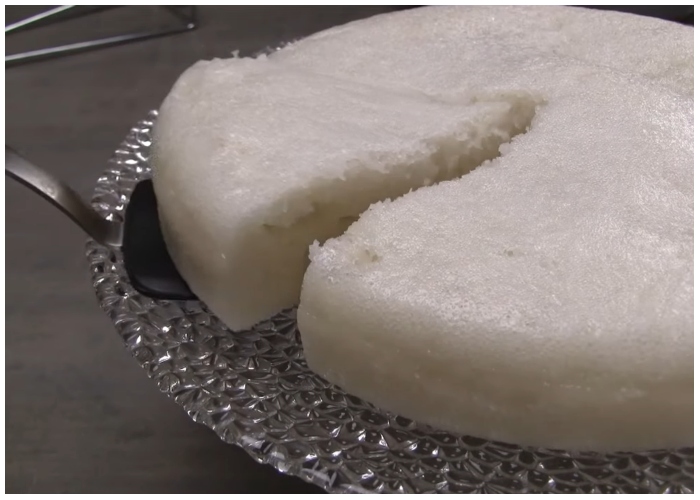
This transforms what might be considered a low-calorie snack into a less healthy option, especially when consumed in larger quantities or as a regular part of one’s diet.
9. Protein Bars
Protein bars, the go-to snack for many fitness enthusiasts, hide a less wholesome reality. Laden with stomach-upsetting soy, excess sodium, artificial colors, sugar, and high fructose corn syrup, they are far from the health panacea they’re sold as.
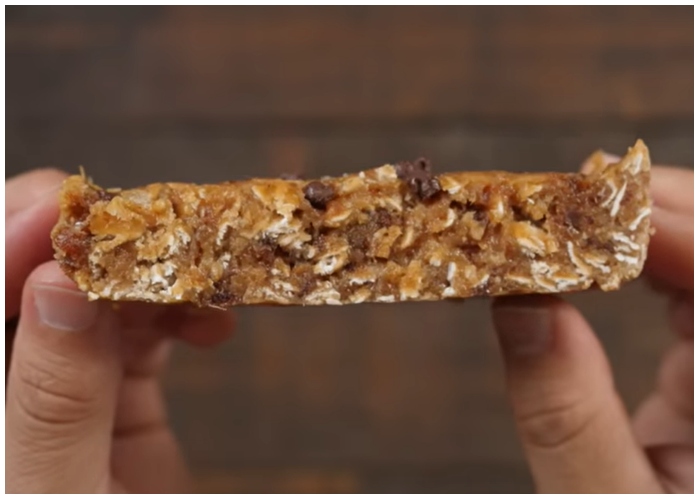
Even sugar-free or low-carb variants aren’t safe havens, as Yale Journal of Biology and Medicine research points to artificial sweeteners – commonly used in these bars – as culprits for increased weight gain and sugar cravings. This turns many protein bars into potential obstacles rather than aids to health and well-being.
8. Canned Soup
The convenience of canned soup masks a less savory truth. These seemingly innocent meal starters are often brimming with salt and sugar. Take Campbell’s Harvest Tomato with Basil Soup, for example – one cup packs a startling 16 grams of sugar and covers a third of your daily sodium requirement.
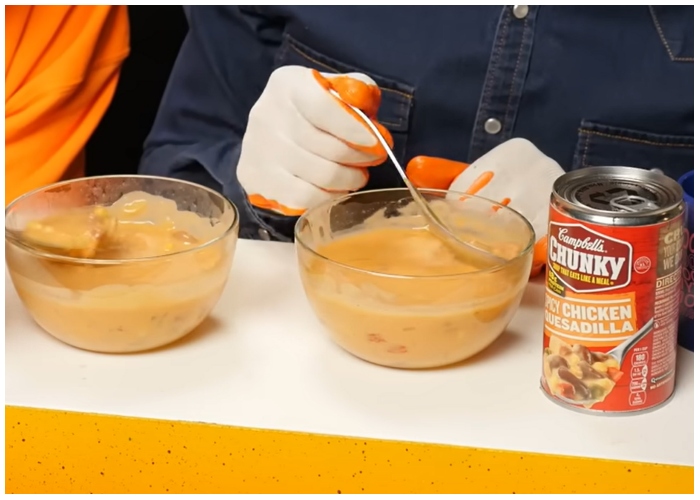
Beyond these hidden additives, the BPA commonly found in can linings is linked to obesity and insulin resistance, per findings published in the Journal of Clinical Endocrinology and Metabolism. This revelation turns a simple can of soup into a potential health hazard.
7. Turkey Bacon
Turkey bacon, often seen as a healthier swap for traditional pork bacon, may not be the nutritional champion it’s touted to be. While it does trim some calories, the trade-off includes a hefty dose of artificial colors, sodium, saturated fats, and nitrates.
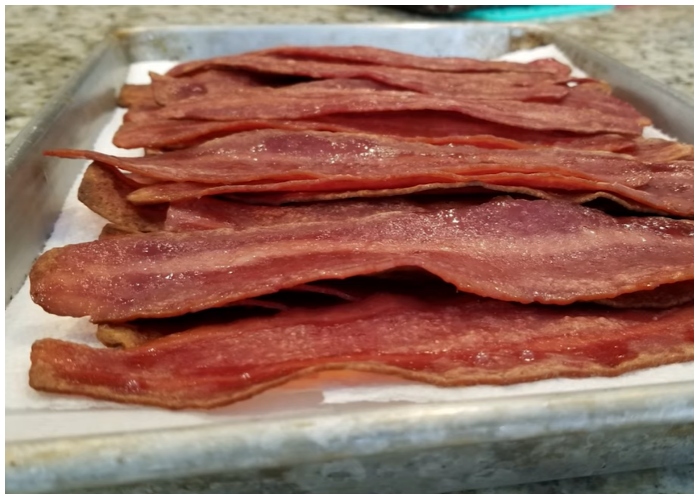
Nitrates, in particular, have raised alarms with the International Agency for the Research of Cancer labeling them as “probably carcinogenic.” This gives pause to those seeking a healthier alternative to pork bacon, suggesting that turkey bacon might not be the guilt-free option many believe it to be.
6. Gluten-Free Snacks
While gluten-free diets are essential for those with celiac disease or gluten sensitivity, the gluten-free snacks flooding supermarket aisles are not always the health allies they claim to be. Often packed with just as much, if not more, sugar than their gluten-containing equivalents, these treats also use higher-calorie flour.
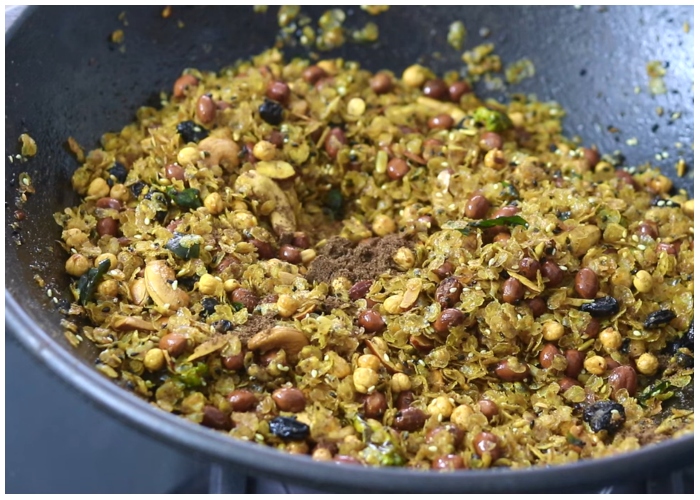
As expert points out, these products are usually more processed and contain more calories, less fiber, and less protein than their gluten-containing counterparts. The gluten-free label doesn’t necessarily equate to health – it’s essential to read labels and understand the nutritional content before indulging in these alternatives.
5. Veggie Chips
Veggie chips, while masquerading as a healthy alternative to traditional potato chips, often fall short of their vegetable promise. Like potato chips, many veggie chips undergo deep frying and are heavily salted.
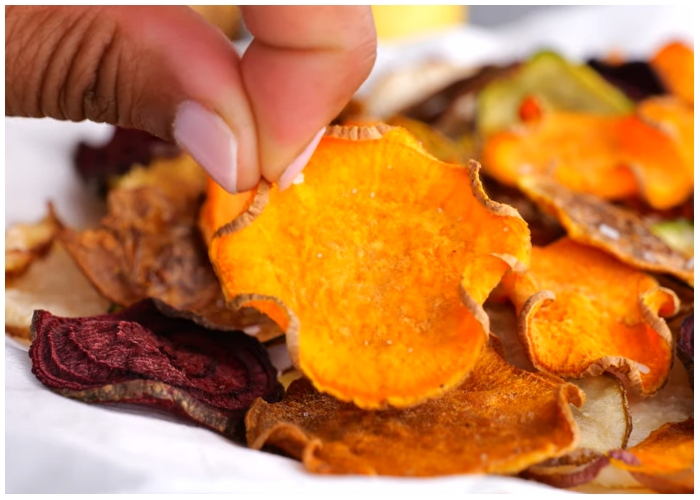
The thin slices of vegetables lost most nutritional value, leaving you with a scarcely better snack than its potato-based cousin. When craving a crunchy snack, these veggie chips might not be your nutrient-packed choice.
4. Whole Wheat Bread
Whole wheat bread, often perceived as the healthier choice, may not live up to its nutritious image. Many whole wheat breads, especially those labeled as “honey whole wheat,” are loaded with high fructose corn syrup and molasses, masking the natural benefits of whole grains.
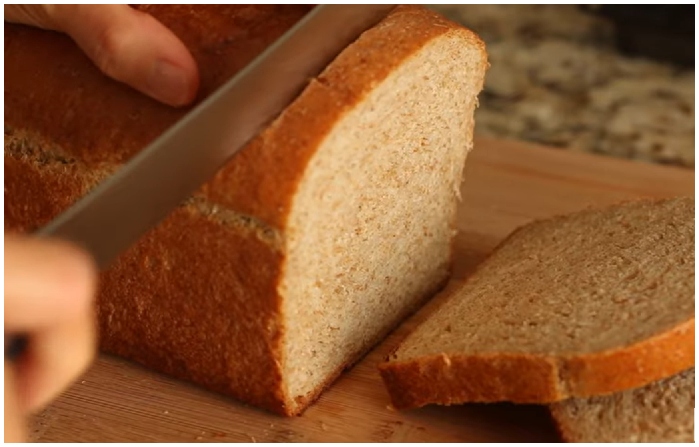
To harness the goodness of grains, opt for sprouted breads like Ezekiel, which offer a nutritious profile without the unnecessary sugar additives.
3. Green Juice
The green juice craze might have you thinking you’re sipping on pure health, but there’s a hidden sugar trap. These bottled blends of veggies and fruits often contain high amounts of natural sugars, especially from the fruit content used to enhance the taste.
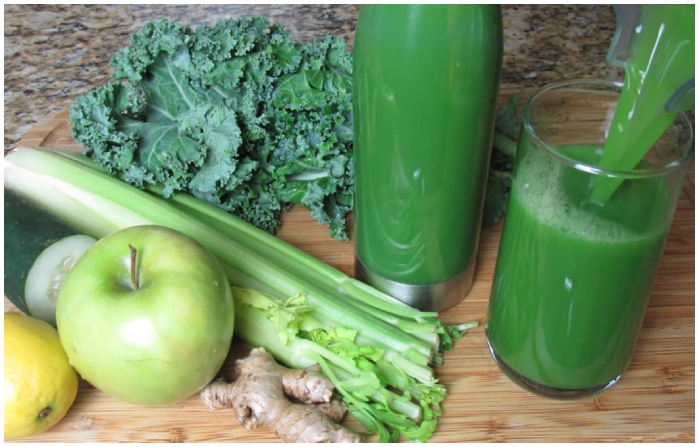
Unlike smoothies, which retain fiber, green juices lack substantial fiber, leaving you unsatisfied and prone to quick hunger pangs. It’s a sugary shock masked by a veil of green.
2. Low-Fat Salad Dressing
Low-fat salad dressings once hailed as the saviors of waistlines, are not as innocent as they seem. These dressings often compensate for their lack of fat with a surge of sugar, high fructose corn syrup, and a concoction of additives and preservatives.
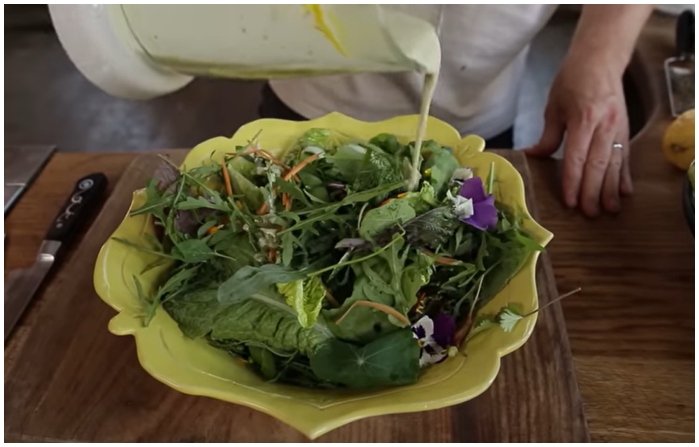
For example, a mere two tablespoons of Ken’s Fat-Free Sun-Dried Tomato Vinaigrette contains an astonishing 14 grams of sugar – more than a fun-sized Snickers bar! This sugar-laden reality makes these dressings a questionable choice for those seeking a healthier lifestyle.
1. Granola
Granola might be paraded as a healthy food, but don’t be fooled by its wholesome facade. Stroll through the cereal aisle, and you’ll find many granolas, culprits of hidden sugars and fats. Take, for instance, Kellogg’s Special K Touch of Honey Granola – a seemingly innocent half-cup serving comes loaded with a hefty 9 grams of sugar.
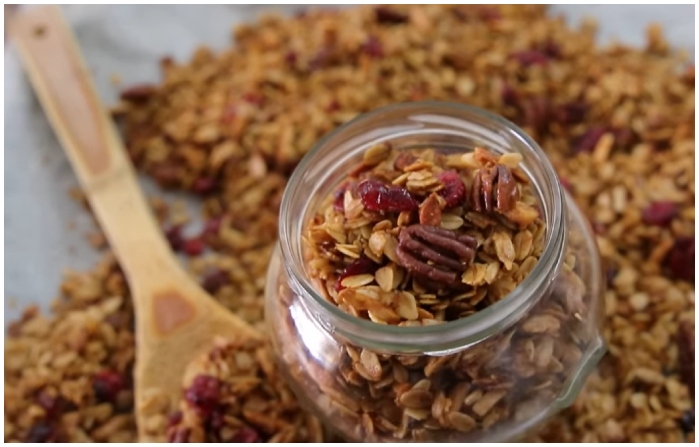
This sweetness overload springs from not one but four sugar sources: white sugar, honey, corn syrup, and molasses. Beyond the sugar shock, granolas often pack a calorie punch, with some brands boasting over 400 calories per cup – without milk! So, when you reach for that crunchy comfort, opt for a granola that’s low in sugar and rich in nutritious ingredients.
The Deceptive Nature of ‘Healthy’ Foods
In conclusion, the journey to healthy eating is fraught with deceptive foods masquerading as nutritious choices. While many products on the shelves promise wellness, it’s crucial to scrutinize their preparation and consumption patterns. Foods inherently aren’t ‘good’ or ‘bad,’ but their health impact is largely dictated by how they are processed, prepared, and served.

Excessive additives, hidden sugars, and unhealthy cooking methods can turn even the most wholesome ingredients into culprits of poor health. Moderation is key—balance and portion control can transform a diet. Stay informed, read labels carefully, and remember that even seemingly innocuous foods can be double-edged swords in your nutritional arsenal. It’s not about avoidance, but about informed choices and mindful eating.